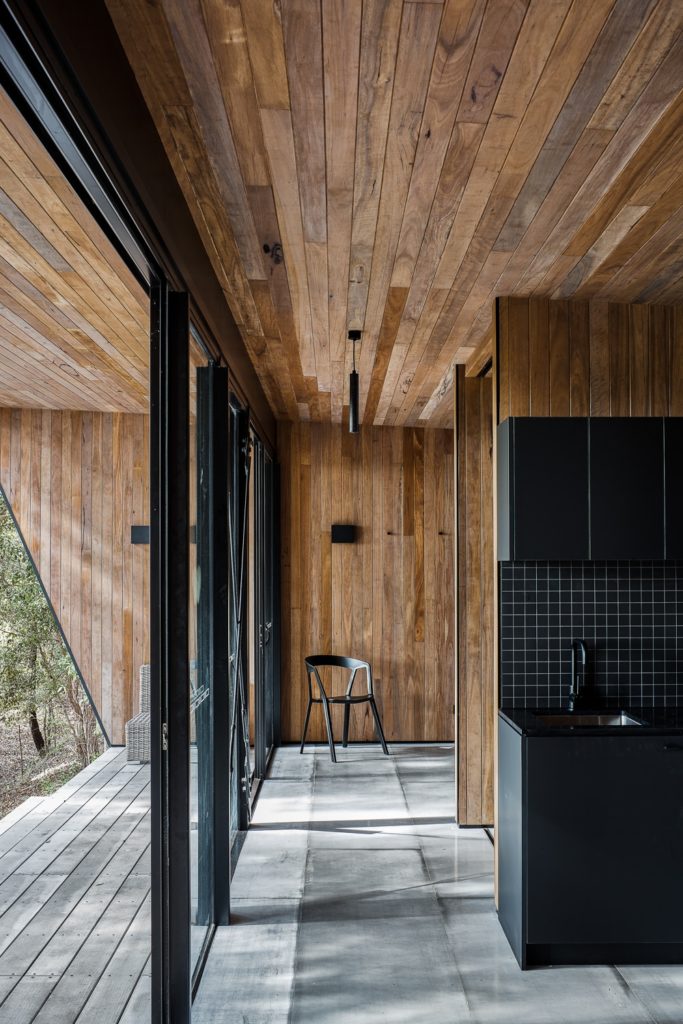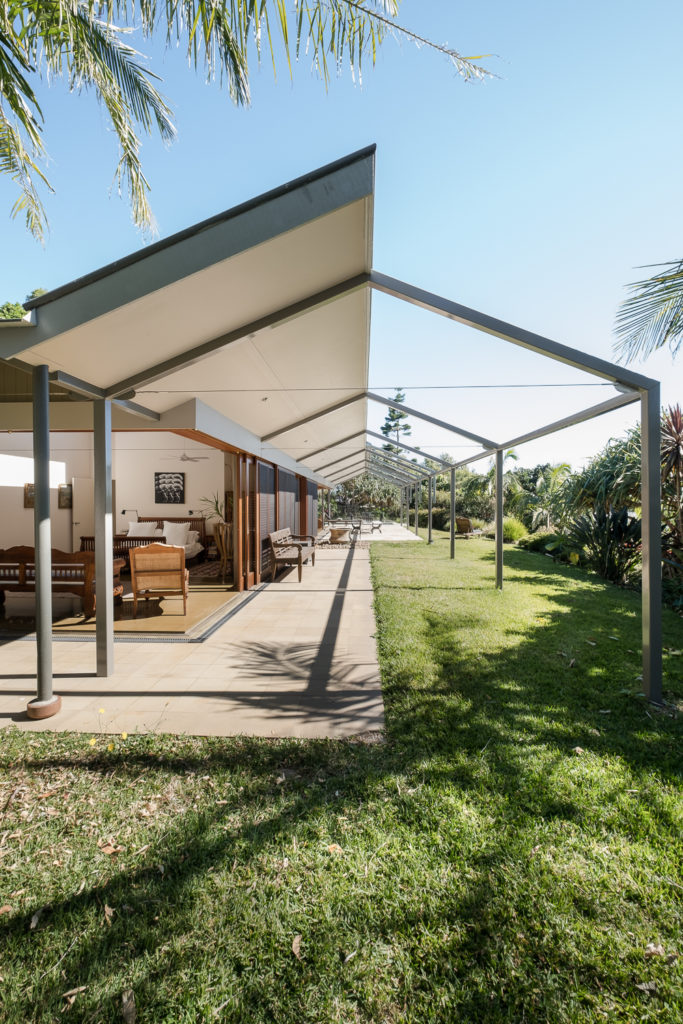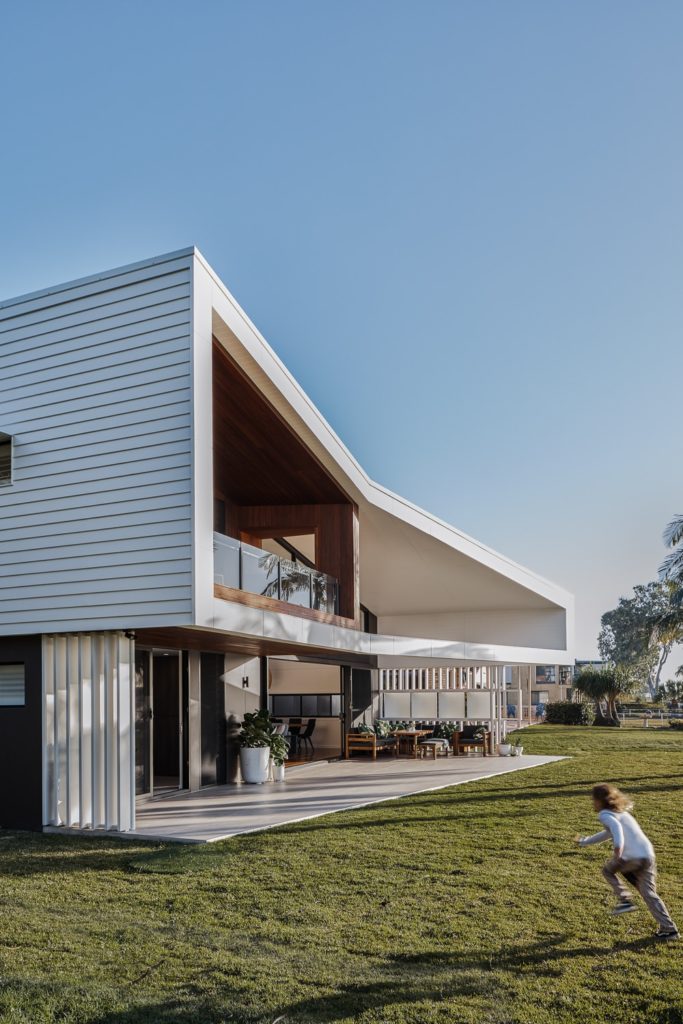Andy Macpherson On Photographing Australia’s Trendsetting Design Scene
I have been following Andy Macpherson‘s work on Instagram for a couple of years and have been fascinated with the amazing homes he has been photographing from Byron Bay to Queensland. Being located in regional New South Wales, Australia, near the border of NSW and Queensland, Andy has carved a name for himself in a relatively short span of time while photographing for some prolific Australian architectural firms.
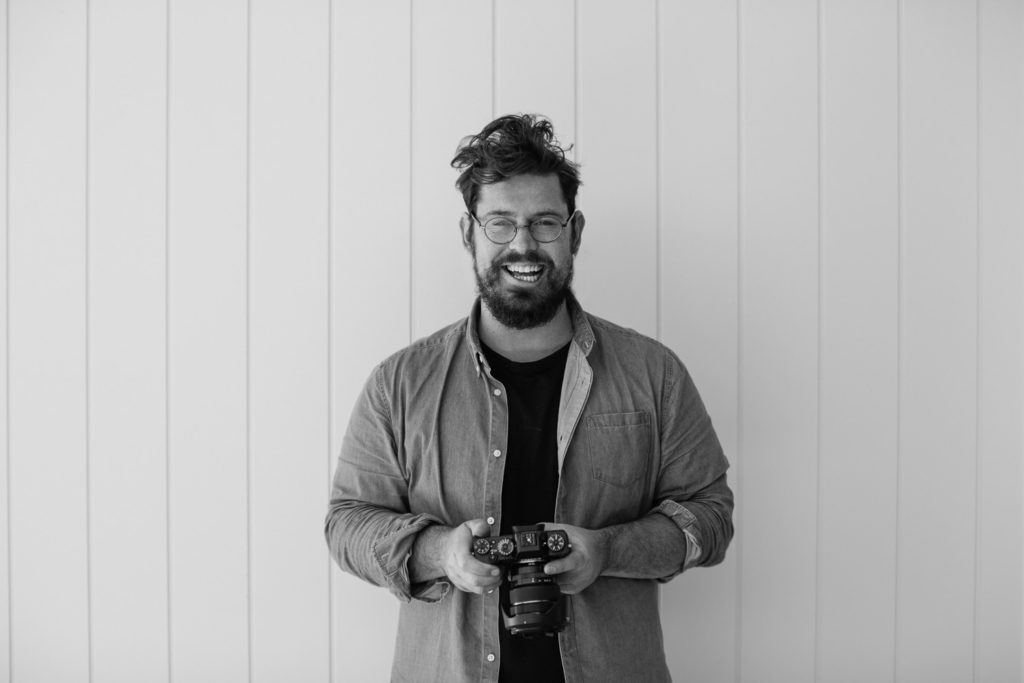
Hey Andy, thanks for taking the time for this interview. Why don’t you tell us a bit about yourself and how you got into photographing architecture and interiors.
I grew up in Cronulla, a beachside town in Sydney. When I was in my early teens I picked up a video camera to document my mates’ surfing, along with waterproof 35mm film camera. Since then I have always had a camera in my hand in one way or another. I wasn’t a camera nerd, I simply wanted to document and capture the things I found interesting.
Very briefly I had studied video production, and film. Additionally, did a course in film studies at university and when it became popular to do video work using DSLRs I bought one which I also used for stills. I ended up working for a coffee company (which is how I ended up living in Northern NSW – about 10 hours north of Sydney) and decided I wanted to leave and start a marketing company. The marketing company failed miserably but it opened another door of opportunity.

As part of the marketing job, I ended up photographing some buildings for a local engineering company. I had always loved buildings and photography and when the two came together, this became an obsession. I ended up working with a local architect soon after and built my portfolio as well as my business from there. I was also very blessed at that time to be asked to go back to work by my old employer (the coffee company, I feel really indebted to the wonderful friends I made there) who allowed me to work part-time while I built my photography business.
In a relatively short period of time, I got too busy with photography and had to leave again. I think some architectural photographers out there that may feel inferior (I did) because they have to supplement their business with other work but I just want to encourage you that it isn’t an indicator of your talent.
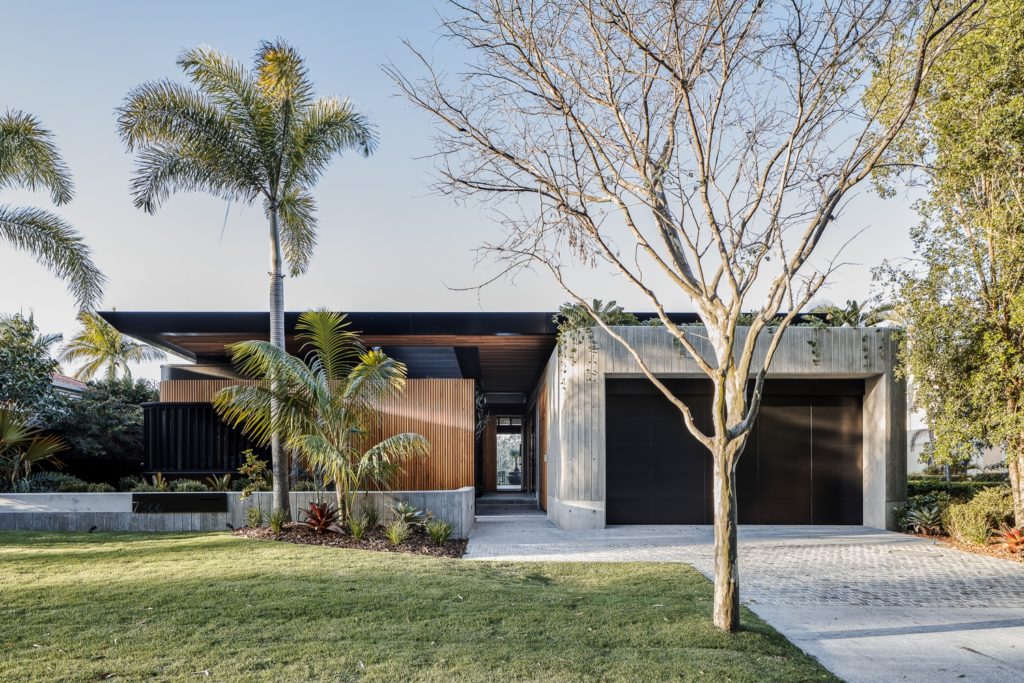
I chose to specialise in architecture because I love the subject, I would say it’s a 50/50 split between my love of the subject and the joy of photographing it.
As a side note – there actually was not a lot out of open information out there on architectural photography when I started – which is why I am so happy to support a platform like this. Apart from hitting up every photographer I knew as well as going down the rabbit hole of reading blogs and venturing into random discussions in forums to get insights, I obsessively studied the architecture photographs I loved so I could reverse engineer how the images were created and I am still figuring that one out to some degree or another.
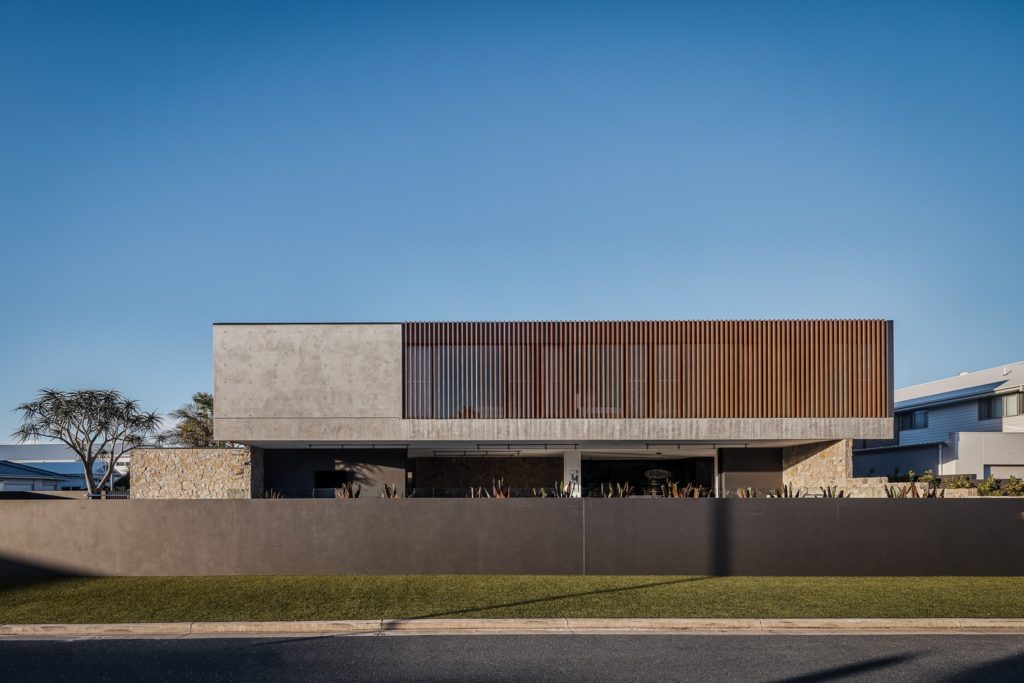
You are based in Kingscliff Northern NSW which is pretty far from a major metropolitan city like Sydney. What were/are your biggest challenges being based in a small town? How do you promote yourself, especially when you first started out to now? Furthermore, how did you get a break in the Brisbane market?
The biggest challenge these days is the travel, sometimes a round trip to Brisbane is 4 hours (if the traffic is particularly bad) and I am heading up there pretty consistently these days. However, I knew that if I wanted to live regionally and enjoy the lifestyle, I get at home with my family there would be some trade-offs, you need to travel.
Initially, when I started out, my intent was to be an architectural specialist for architects and not focus on interiors and lifestyle. I wanted to photograph architecture and that resonated with people. There was no one in my immediate area at the time focusing purely on architecture and so that helped me cut through a lot of the noise and also helped narrow my focus on the kind of gear I was thinking about and the kind of expertise I began to develop.

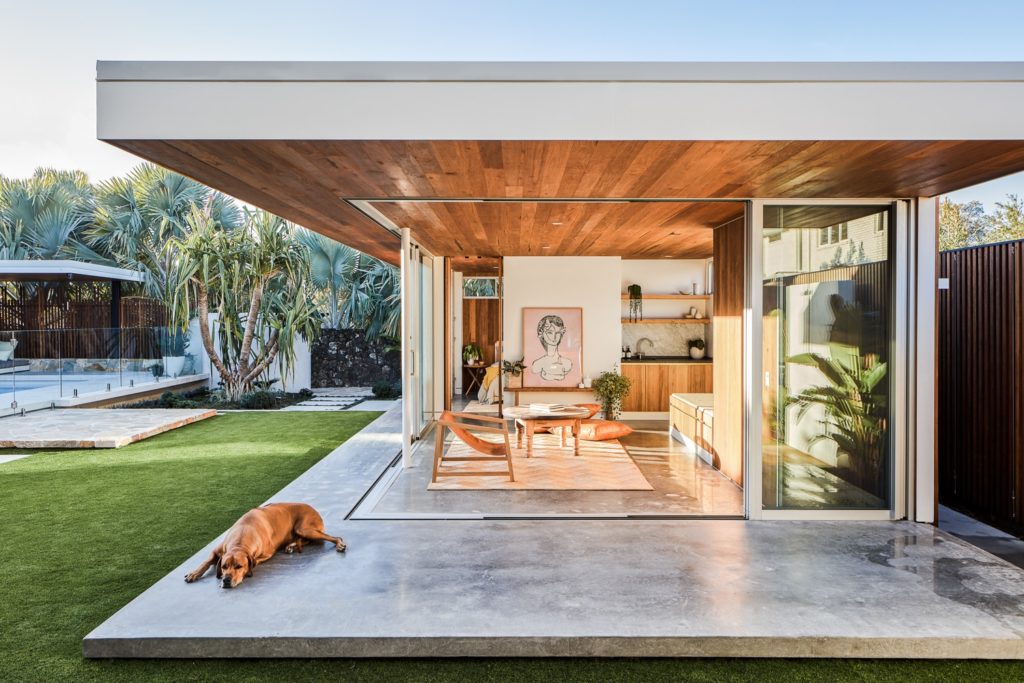
In terms of promoting myself in the early days, I called some architects and introduced myself and I have just tried to stay pretty consistent with my Instagram. I have tried to grow it in a certain way so that it would only take around 1% or 2 % of my followers to book me for a job and I would have a year’s worth of work. I enjoy it as a social platform too and find myself always having a good chat with someone on there.
I have always had some great Brisbane-based clients but since the start of the year, I have found the majority of my work is now coming from there closely followed by the Gold Coast. Aside from Brisbane architects who have been following my Instagram and then enquired, I worked with an architect in Brisbane who is an industry leader and we hit it off and had a great shoot. He actually flies under the radar in terms of his social media presence (which is good to understand – the most influential people, especially within an industry, don’t always have a big social media presence). He ended up recommending me to some other architects and then they recommended me to some more architects and there has been a knock-on effect that has snowballed and I am constantly getting to photograph more projects.
You’re quite often published in magazines – how has that helped to shape your approach to photographing projects, and what are the benefits that you glean from it?
I feel really lucky in that my photographs are consistently published in magazines and I have shot a bunch of covers. I have always been keen to push regional architecture and I am really proud that so many of my published images are for clients and projects in places that can get overlooked.
There is something really satisfying about holding a physical copy of your work too (especially when the print quality is good) – it makes it tangible, which is why I think having your work in print is always more appealing than having it published online even though you generally get a larger and more quantifiable reach from digital.


I think being consistently published comes down to shooting great projects. And, taking the time to think through which projects are the right fit for the magazine you’re submitting to. Magazine editors appreciate when you’re sending them to work that’s not only high quality but the right fit for their publications, for e.g. there’s no point sending a grand scale architectural project shot relatively wide to a niche interiors magazine. I think learning more about the nuances of the publishers within our industry is important, you’ll build a good rapport with editors and journalists and add value to your clients. I work with a lot of smaller architecture firms and so often have these discussions with my clients around which magazines are the right fit for their project and their goals with publishing.
One strategy a few clients have adopted has been to book me for 2 – 3 separate shoots for the same project each time focusing on different deliverables that will work best for different publishers and platforms. For example, earlier this year I was commissioned by Melbourne based architecture firm, B.E Architecture, to photograph one of their projects, Mermaid Beach Residence (images below). B.E Architecture wanted a set of images was designated for national architectural industry awards, which typically includes wider elevation shots of the whole building and key spaces. Another set involved photographing tighter vignettes which focused on materials and was designated for some interiors publishers and the final set was a mix of images which were largely used for online publishers.
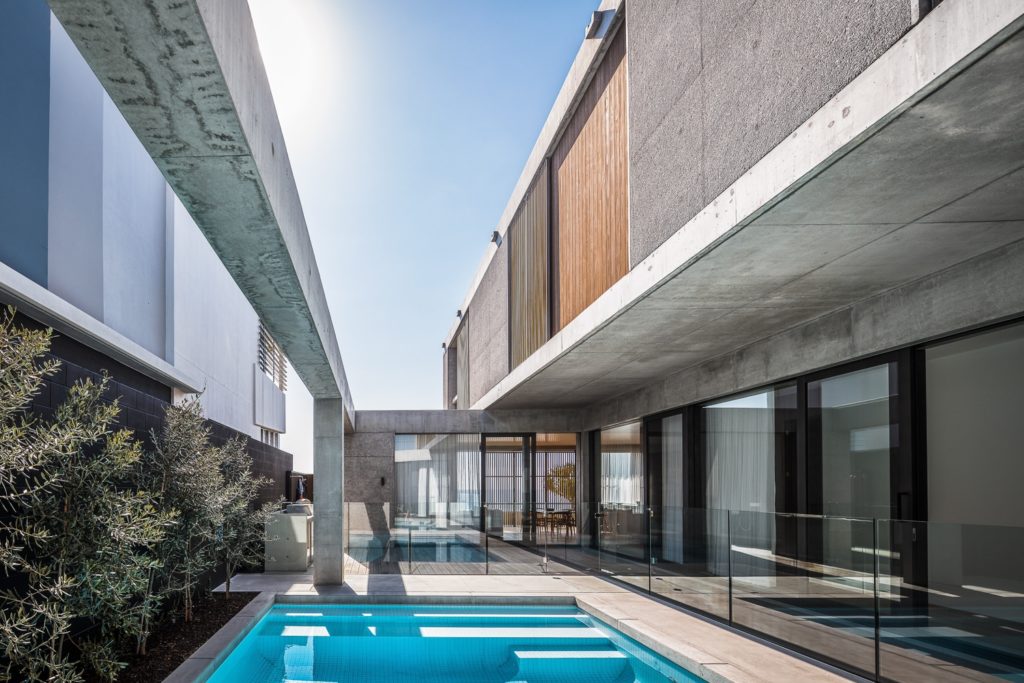
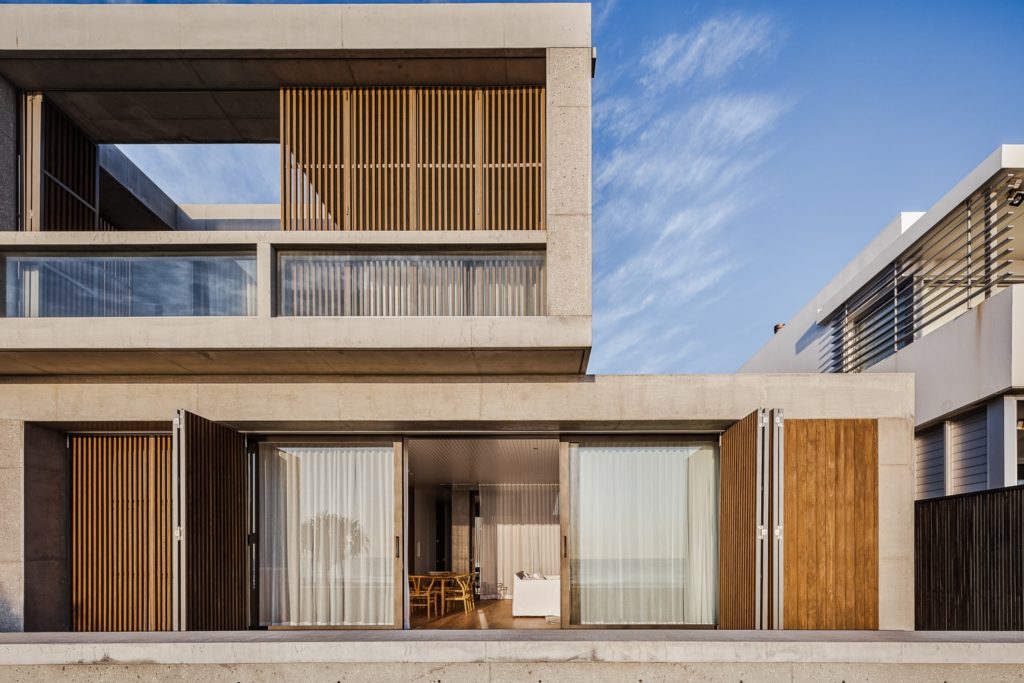
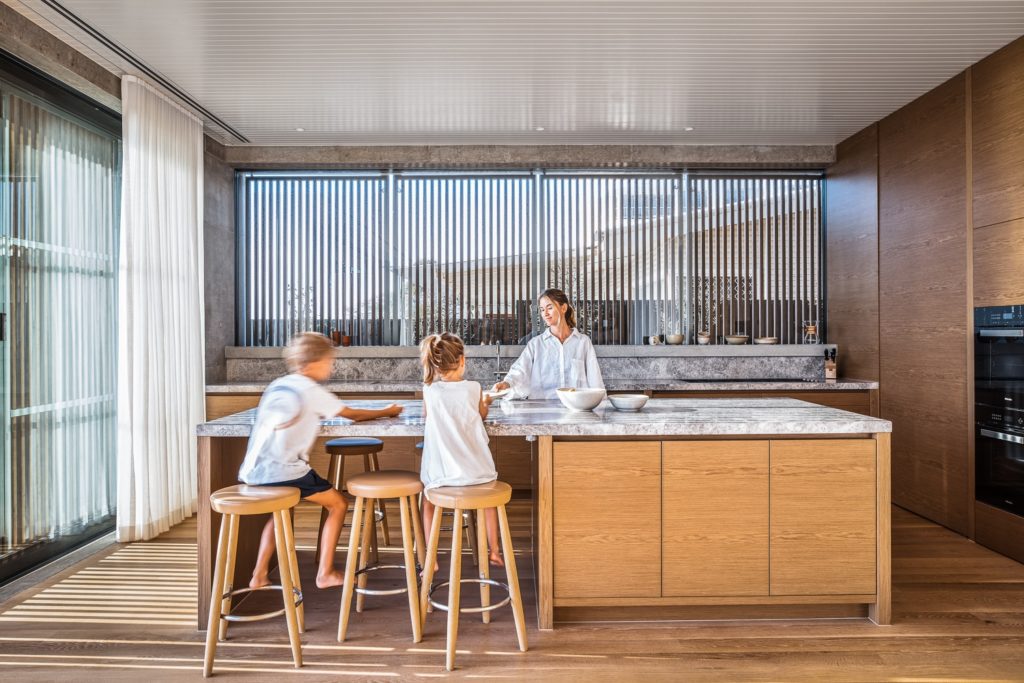
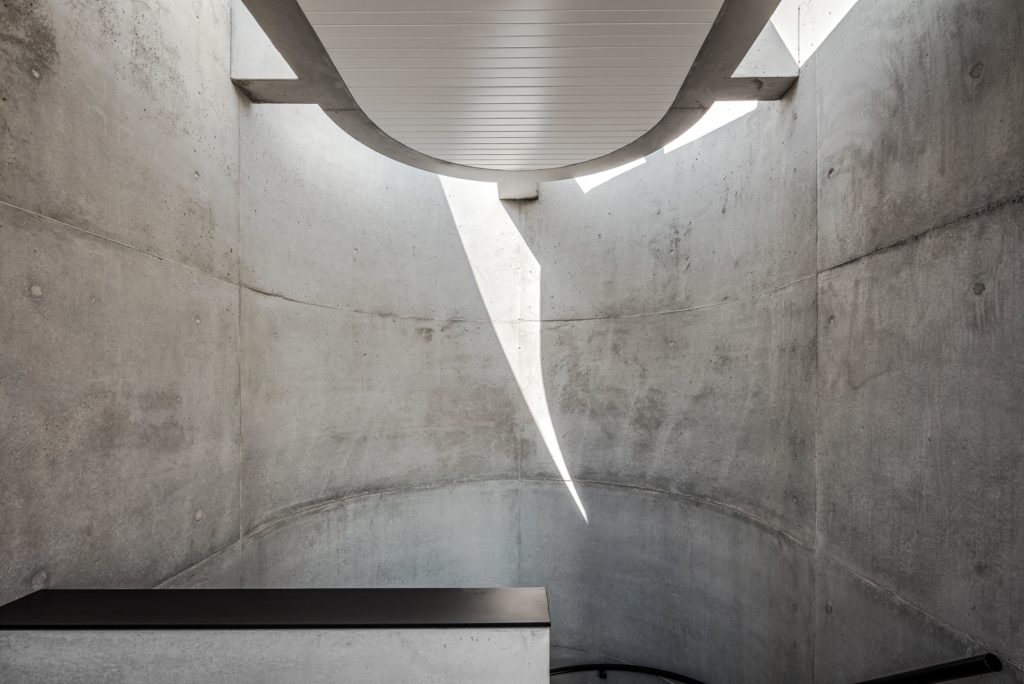
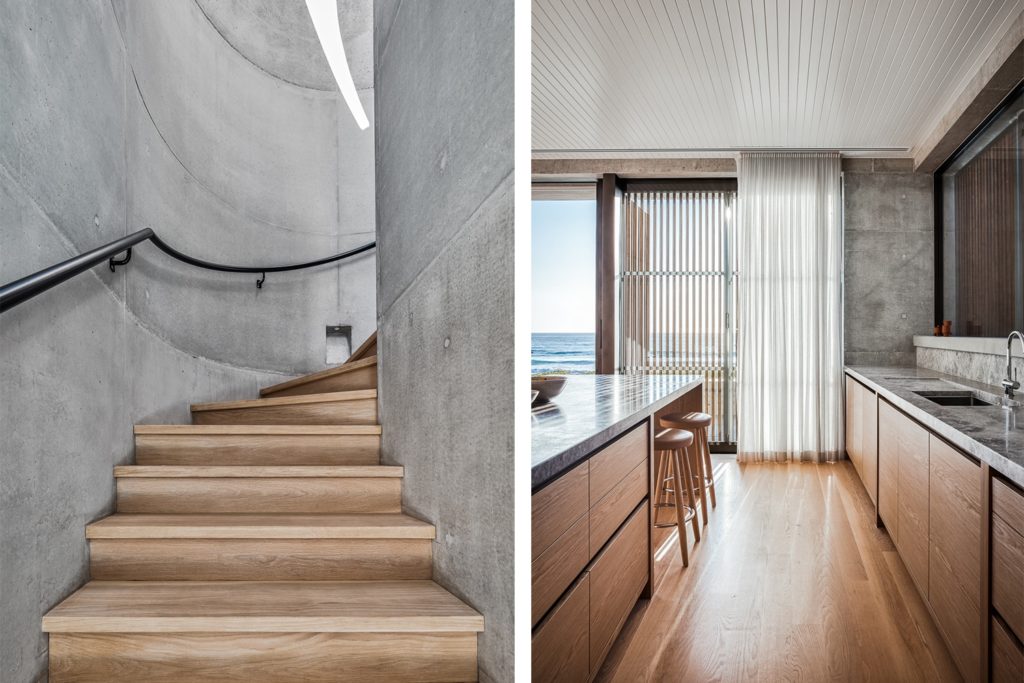
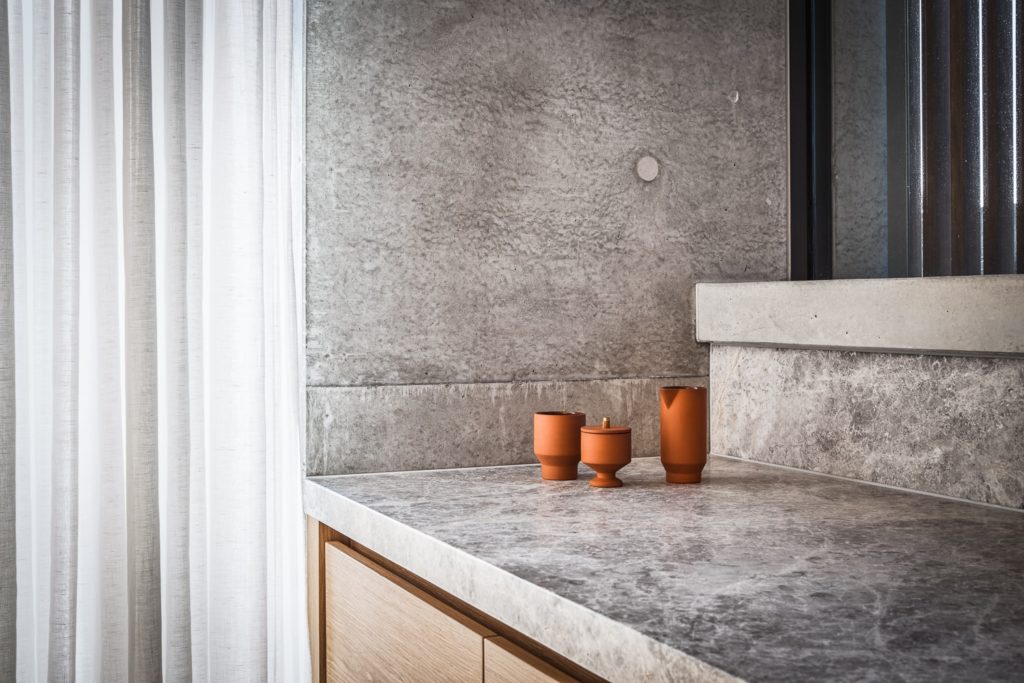
You recently switched to the GFX 50r, how are you finding the results you are getting with this camera as opposed to your Canon 5DSR? Do you feel that the GFX is allowing you to create better images and how important is this in your creative process? Can you talk about image differences between the two camera systems? Have your clients noticed a difference?
The images from the GFX 50R is excellent and the files are a lot cleaner than the Canon 5DSR. I always photograph 100% of my images in natural light and so the bigger sensor seems to help to pick up those nuances a little better. I am clearly not from a photography test lab but as far as the real world I am getting pretty special results especially in the richness of colours and the shadows.
One of the aspects that is impressive is that you can have something in a shadow that looks very dark and then lifts the shadow and all of the rich colour information is in the file. Additionally, there is almost no noise. It blew my mind at first and was part of the reason I specifically wanted the camera – I wanted to produce images with deeper shadows but retain the sense of detail in every part of the frame which the Fuji is mostly achieving.
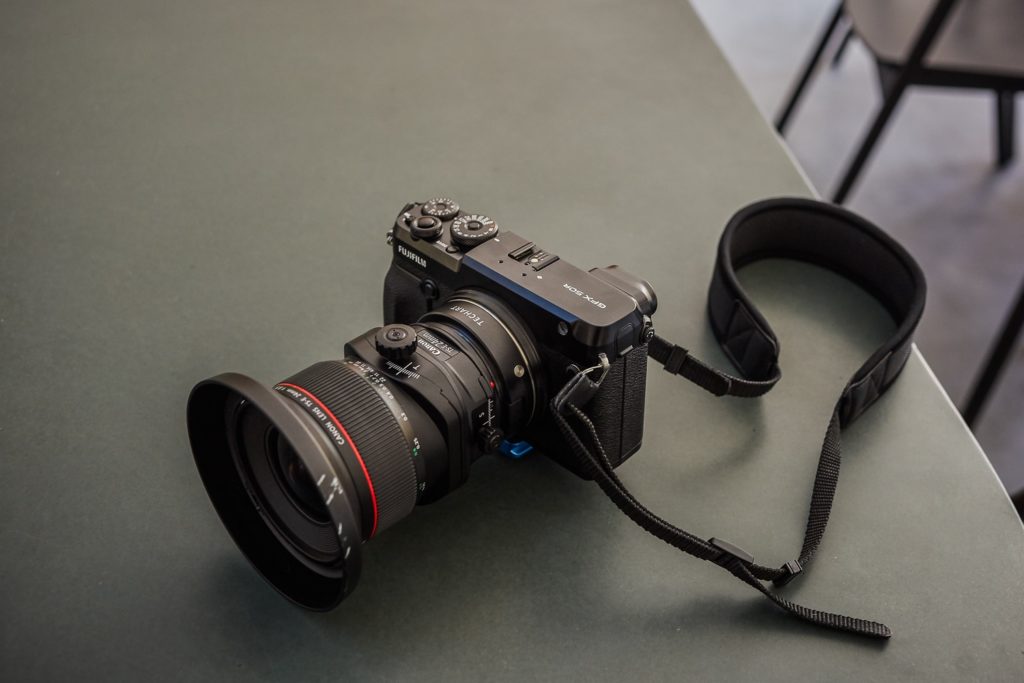
I actually found it hard to adapt to the extra saturation and different colours in the Fuji sensor at first – I had become so used to setting a camera neutral profile and tweaking canon files to my liking – that it took me more than a minute to readjust and I honestly thought I had made a big mistake by changing cameras. I was worried the consistency of my work would suffer in a negative way especially when it came to managing client’s expectations around the kind of deliverables they expect. It definitely slowed my workflow down until I got used to it (really consider the pros and cons of changing systems, if you are looking to do so!).
As far as a workflow on shoots, I don’t tether, and I like to move quickly so at first, I struggled as the Fuji EVF doesn’t entirely communicate with the 3rd party lenses I am using. The focus peaking function of the GFX is invaluable when I am using the Canon tilt-shift lenses with a Techart adapter (which gives me aperture control), it took me a few shoots to get used to that and now I can move as quickly as I did before. With the bigger sensor the field of view changes so the 24mm becomes closer to a 19mm and the 17mm becomes closer to a 14mm, interestingly neither feels any wider although you’re getting more in the frame. I put that down to the Fuji having a boxier aspect ratio (4:3) and also just how limited the distortion is with the Canon lenses. I would argue that the Canon 24mm T-SE ii and the Canon 17mm T-SE are the two of the best architecture lenses on the market when you consider image quality, ease of use and versatility.
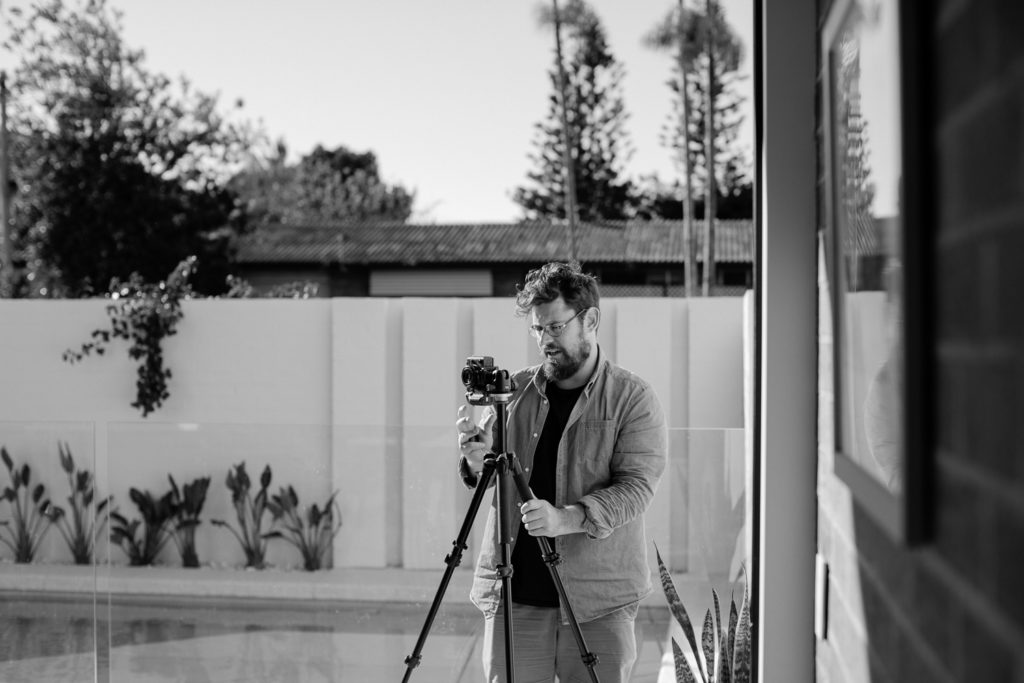
I have recently delivered some Fuji shots from the same project that I had shot for the same client 18 months apart. The client preferred the original images I had shot with my Canon 5dsr. The conditions and angle of the sun at the time of year I shot in were the better first time around so it goes to show, and as Julius Shulman said, the camera is [still] the least important element in photography. A better camera won’t make you a better photographer.
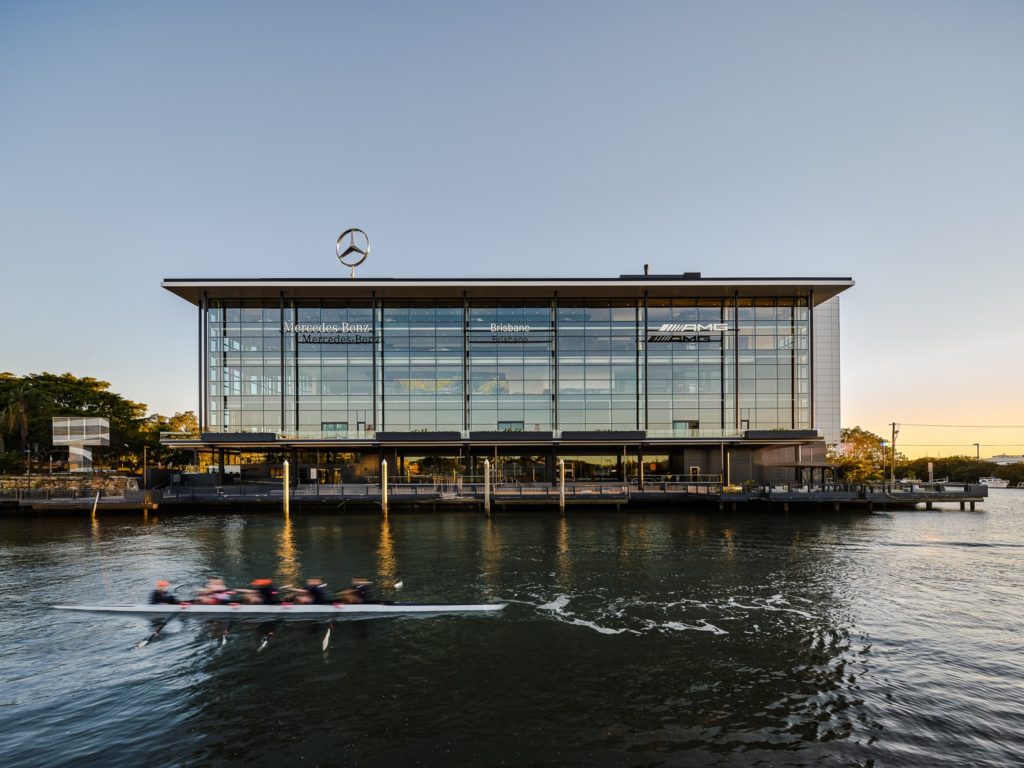
Fascinating stuff and such salient points by Shulman – decades ahead of us. How much of a role does post-production play in your creative process?
Post-production plays into about 50% of my time and process. Post-production has a huge weight in terms of the look and colours I achieve however I am increasingly wanting to reduce the time I spend behind a computer. I also think I am developing RSI from using the brush and clone tool too much, haha. One of the reasons I went with Fuji is so I could use fewer layers for dynamic range, I can work with a single exposure – the one-shot for the highlights and then lift the shadows and still have good image quality.
I am one of those creatives that can suffer from self-doubt at times but I am leaning further away from the need to feel there is perfection in my work especially when I am seeing a trend in certain parts of the industry where images are looking more and more like renders. I want to create interesting and beautiful images, the photographers I have always been drawn to have a more photojournalistic-style like Iwan Baan and Julien Lanoo. My other favourite photographer is Hélène Binet (who still shoots 100% of her work on film). Their images feel very real.
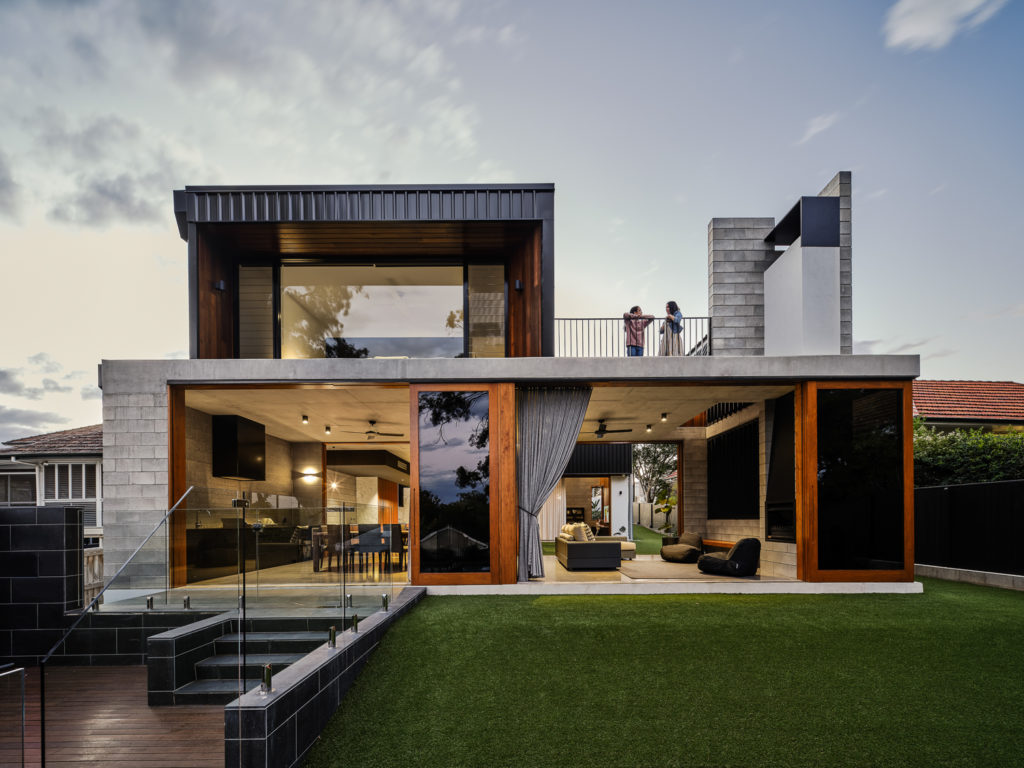
Any tidbits you have picked up over the years that can be useful for up and coming photographers?
Look out for the architects that are just starting out rather than the established guys, most established architects have long-term relationships with their photographers so it’s much harder to break in. Some of the bigger firms like to shoot their projects with multiple photographers so there’s a potential opportunity there too. You may or may not shoot amazing projects when you start but shoot them as best you can and isolate the best images you can from them to build a solid portfolio.
And, most importantly, don’t be scared to pick up the phone. Call people, be respectful of their time and polite, and introduce yourself and ask who is the best contact to send a link to your work. People don’t seem to pick up the phone anymore and emails are easily ignored, this really worked well for me when I was starting out.
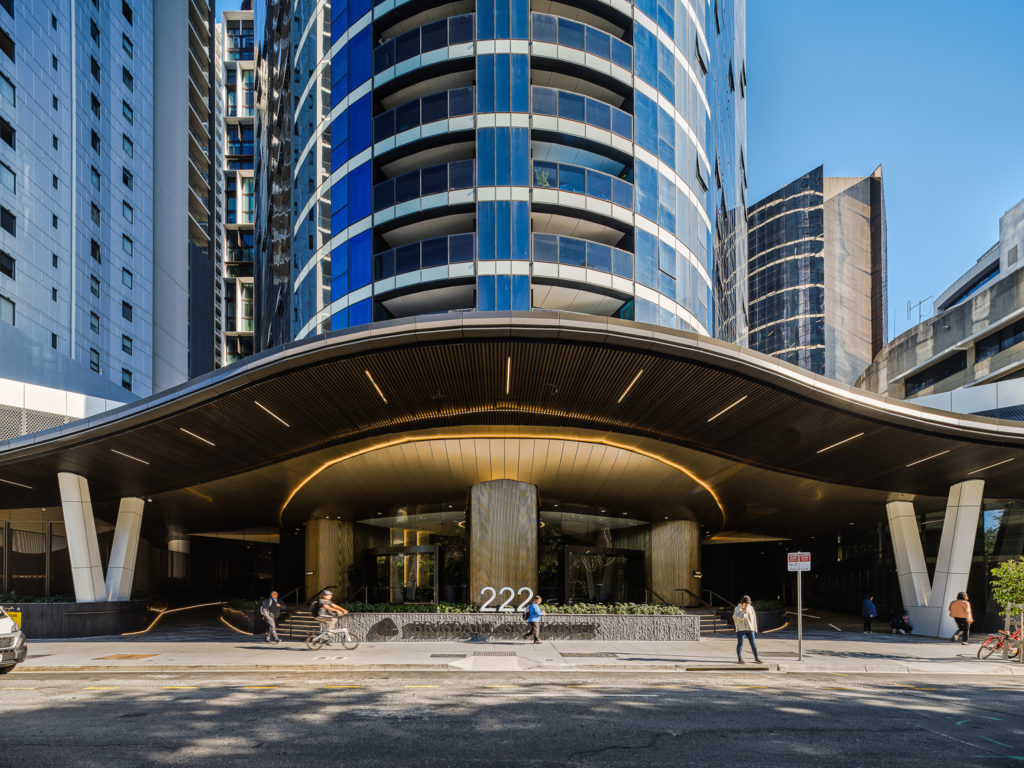
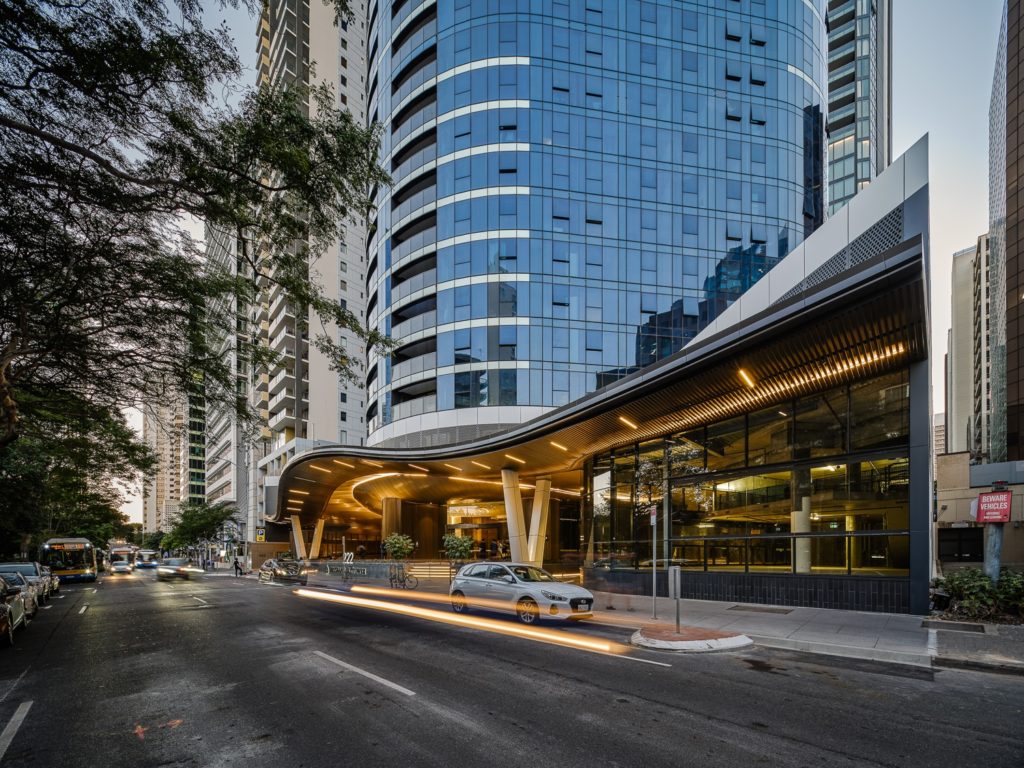
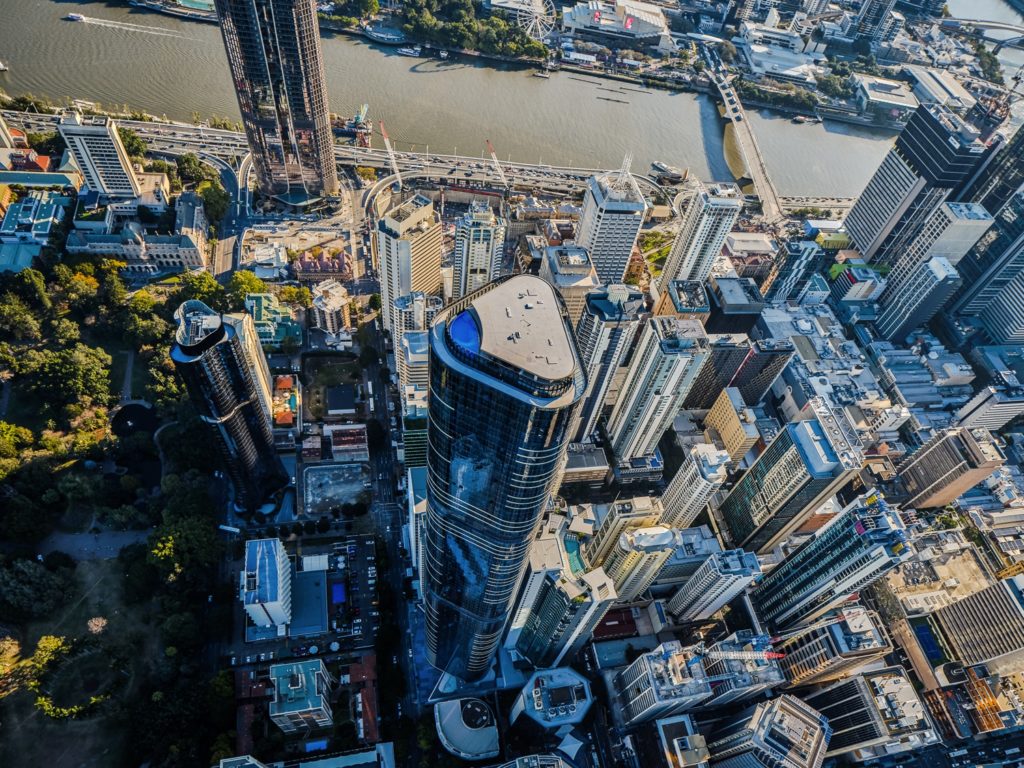
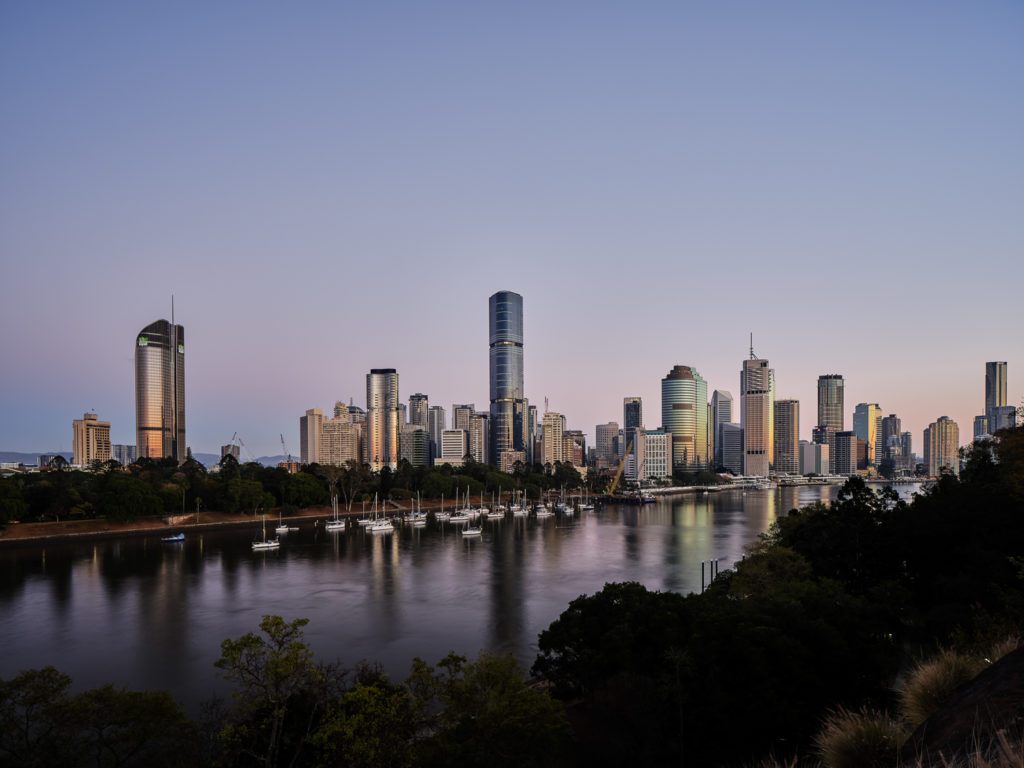
In terms of developing your style and understanding of light and composition study other photographers, especially the greats. Look at black and white photography too, it will teach you so much about light and shade as well as contrast and negative space – check out the work of Lucien Hervé, Ezra Stoller, Julius Shulman, Pedro E. Guerrero, Hélène Binet as a good place to start. And, look at other genres (I am inspired by a group of skateboarding photographers at the moment) and outside of photography for inspiration too, architecture itself is pretty inspiring. Never stop learning either, there is so much I feel I don’t know and that’s a positive.
What is your approach when you scout locations? Living so far away from one of your major markets, this must present a bit of a challenge.
I always try to chat to my client over the phone and over email too so that we get a chance to talk about the project at hand. I occasionally do a walkthrough or drive past (it depends on how far away the project is and my schedule leading up to the shoot). I use a combination of the architect’s plans and google earth to determine a plan for the day based on the orientation of the project and the key spaces. I use the paid version of the Sun Surveyor app (www.sunsurveyor.com) to determine the angle of the sun. I like the sun to be in specific places for certain shots, however, despite this you have to temper it with the unexpected and the need to be spontaneous enough to react as light and weather changes.
No matter how well a shoot is planned there will always be unexpected challenges that require creative problem solving, and that can be pretty fun.
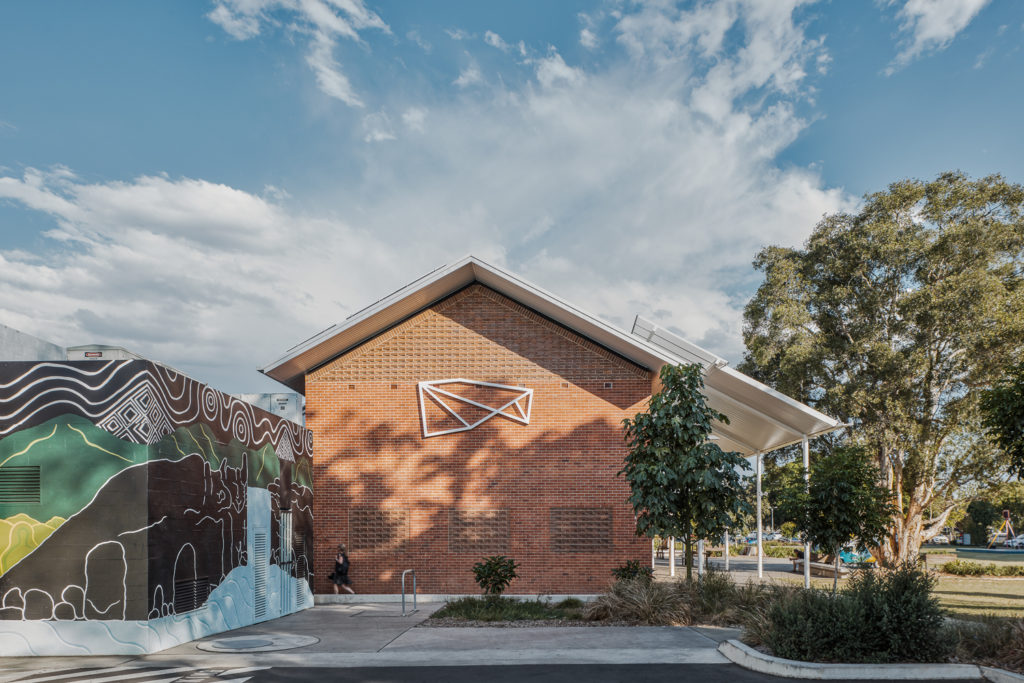
What would be your dream project to photograph and which architect in the world you would like to work with and why?
I don’t think I could narrow down one project but I do love public buildings so it would be the Seattle Central Library by OMA. There’s something magical about photographing these kinds on interesting buildings where you pull right back and show them in the context of the city. Also, Rem Koolhaas is genius so it would be amazing to explore one of his buildings intimately with a camera in hand.
In terms of architects I would like to work Bjarke Ingels (so if you’re reading this Bjarke my email is… haha 😉 I have listened to some of his podcasts and everything he says resonates with me and I find myself nodding a lot and saying ‘yes’ under my breath. Bjarke is young and kind of an upstart (in the best kind of way) so, for me, as someone who’s also relatively new to this I really relate to him. He also wrote this comic book called ‘Yes is More’ about his philosophy on architecture which is amazing, I grew up as a massive comic book fan too so that held great appeal to me.
If you want to see more of Andy’s work then visit his website here. Be sure to follow him on Instagram to see his latest work, or even slide into his DMs if you’re feeling frisky and want to ask questions!

